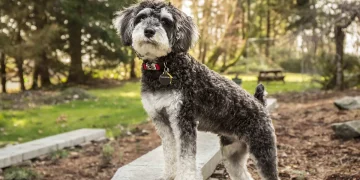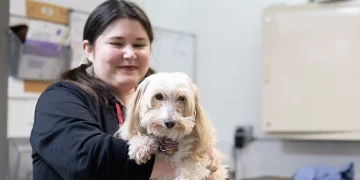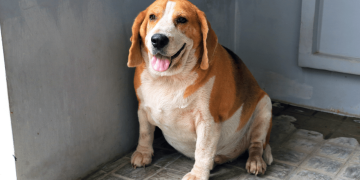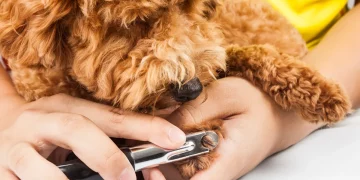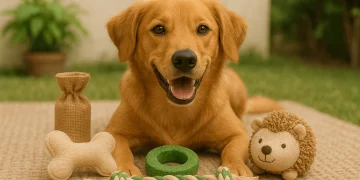The Art of ‘Lie Down’: Cultivating Patience and Precision
Teaching your canine companion the ‘lie down’ command is an exercise in fostering obedience and calmness. It is an expectation of swift, clean action and requires the dog to maintain this reclined posture for an extended period. As we delve into the nuances of instructing your dog to lie down, we’ll unfold the process with grace and clarity.
Commencing with the Basics: The ‘Sit’ Command
Begin by ensuring your pup is proficient in the foundational ‘sit’ posture. This skill is a prelude to the lie down command; it grounds your dog and prepares them for further instruction. Once sitting is a comfortable routine, the path to lying down becomes smoother.
Setting the Scene for Success
Select a serene and spacious environment, devoid of clamor and distractions. This dedicated training space allows your dog to channel their focus exclusively on you and the task at hand, laying the groundwork for undivided attention and learning.
Timely Training: Harnessing Natural Motivations
Capitalize on your puppy’s growing hunger before mealtime; this natural impetus encourages them to engage eagerly with the promise of a reward for their compliance and effort.
Visibility of Rewards: A Clever Concealment
Conceal treats from your dog’s view to ensure their responses are to your commands rather than the immediate lure of food. This encourages a deeper understanding and obedience that is not solely treat-driven.
Clear Commands and the Power of Eye Contact
Instruct your puppy to ‘sit.’ Subsequently, transition to ‘lie down,’ articulating the command with clarity and calmness. Lock eyes with your dog to reinforce the command and solidify your connection.
Consistency is Key: One Command, One Action
After introducing the prompt ‘down,’ maintain linguistic simplicity. Refrain from introducing a myriad of phrases for the same action to avoid confusing your companion.
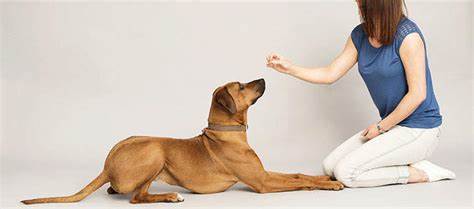
Treats as Tools: Guiding Without Giving
Grip a treat between your fingers, and lead your dog’s nose with it. Slowly arc your hand towards the ground, coaxing your dog to follow, eventually descending into a lying position.
Encouragement Over Coercion
It is of paramount importance to practice patience and steer clear of pushing your dog physically into position. Instead, encourage them to understand and perform the action independently.
Post-Reward Dynamics
After consuming a treat, a dog may be inclined to stand. Should this occur, coax them back into position without reward until they remain lying down after receiving the treat.
Treat Tailoring for the Discerning Dog
Some dogs may display indifference to certain treats, demanding a shift to more enticing options, perhaps a sliver of chicken or cheese—a sensory indulgence that heightens their training engagement.
Repetition and Reinforcement
Replicate the training sequence 15 to 20 times, tailored to your dog’s learning pace. Persistence is essential, as mastery may dawn in a single session or over numerous attempts.
To explore a rich array of canine wisdom on feeding, training, grooming, and more, turn your attention to mtedr.com, a portal dedicated to the diversities of dog care and companionship.







